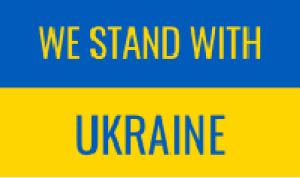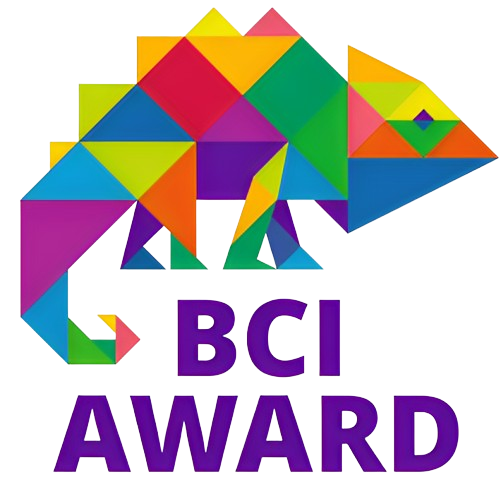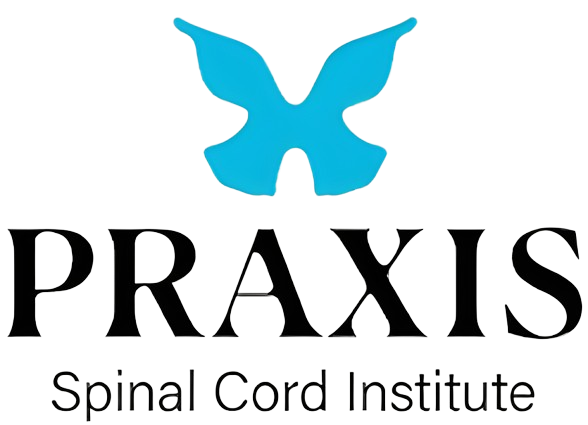VIBRAINT RehUp:
Transforming Thoughts Into Motions
To help millions of paralyzed people in regaining motion our team have developed VIBRAINT RehUp –
a breakthrough brain-controlled rehabilitation robot
WHY WE DO THIS
Every sixth
has a stroke
500 000
120 MILLION
Every sixth has a stroke
500 000
120 MILLION
worldwide
live immobilized
Sadly, in severe or total paralysis little help can be offered by conventional rehabilitation.
This is where VIBRAINT RehUp comes into play.
HOW WE DO THIS
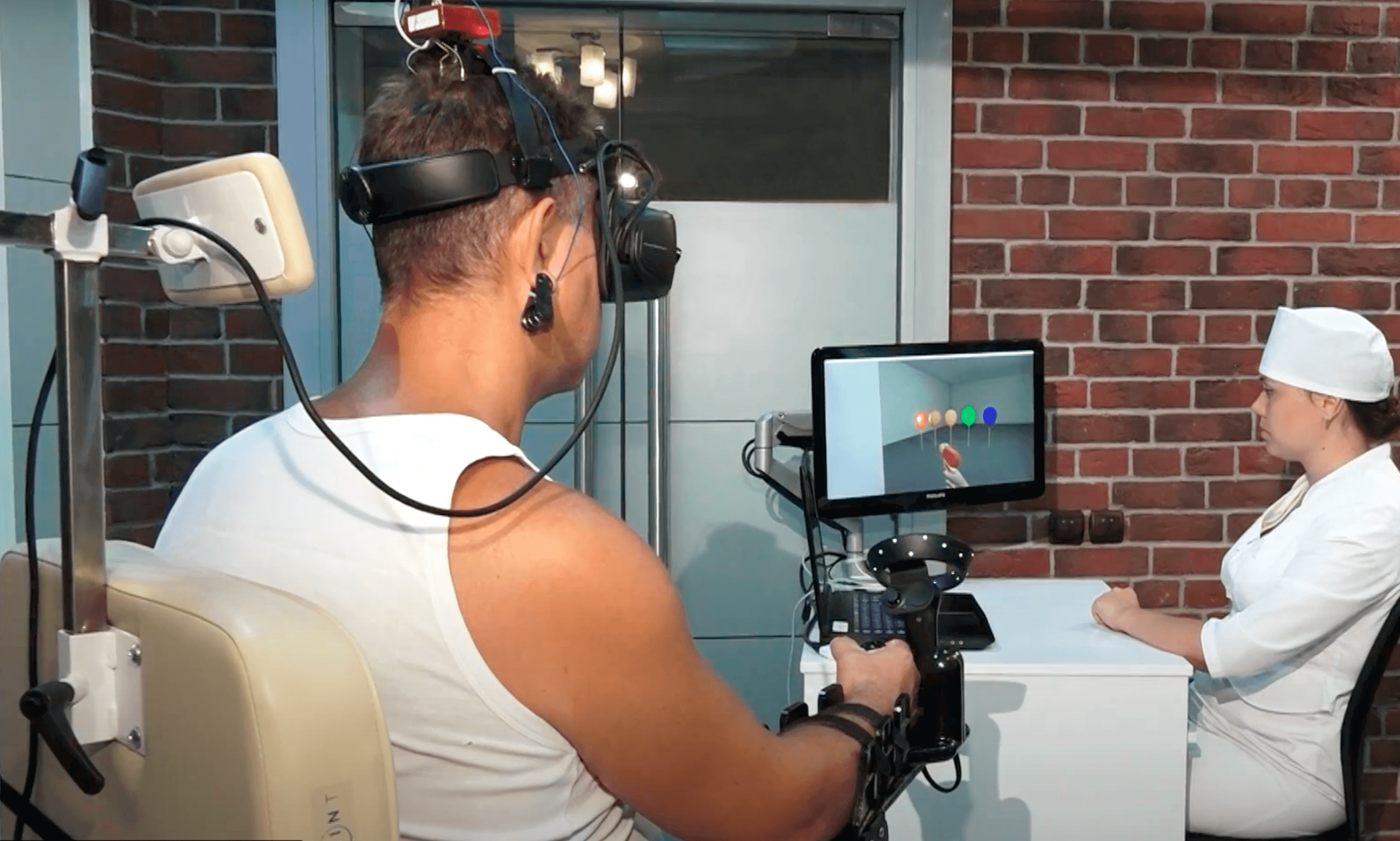

Thanks to all these technologies working together, during rehabilitation exercise patients can see and feel how the impaired limb is watering flowers or sawing the wood according to their will. Such a multisensory feedback effectively helps the brain to re-master motor control.
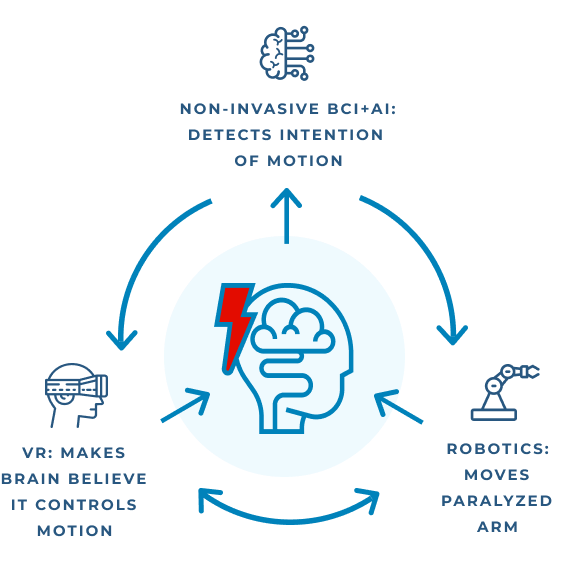





TEAM
CORE TEAM
ADVISORS
(all our advisors are volunteers receiving no equity, options, salaries or any other benefits from us for their help)
PARTNERS
SCIENCE & CLINIC
ACCELERATION
FUNDING
PARTNER WITH US
INVESTORS & MANUFACTURERS
If you have no doubt in the value of investing in technologies that help disabled people live better – we might be the best venture to be considered for your portfolio.
Our management team and Investor Data Room will provide all necessary details in no time – just tell us.
CLINICIANS & RESEARCHERS
We are always open to new clinical and research partnerships in Canada, US and beyond.
If you are interested in exploring our technology and its new features, or have ideas to discuss please let us know, and we will be back to you in a blink.
PATIENTS & FAMILIES
Do you or your loved one suffer from motor impairment caused by stroke or spinal cord injury?
Are you interested in participating in our clinical studies organized in North America?
Do not wait – get in touch with us now!

